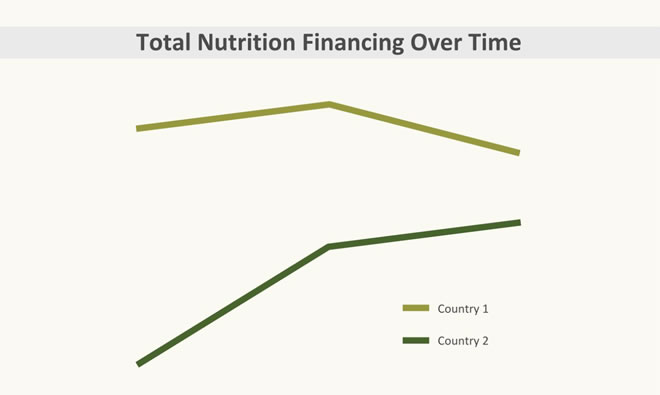
SPRING will present its work on nutrition financing at two major international conferences in July 2015. For the last several years, SPRING has worked to develop more accurate estimates of national and sub-national multisectoral nutrition funding commitments in Uganda and Nepal. As part of this work, SPRING developed a novel methodology for evaluating nutrition funding. The methodology provides a more accurate picture of funding already committed to nutrition, which can help improve the accountability of programs. To improve advocacy for nutrition funding, these efforts also provide insight into what influences the amount of funding committed to nutrition in each country.
On July 15, 2015, SPRING Research Advisor Amanda Pomeroy-Stevens will present SPRING’s budget analysis methodology at the 11th World Congress of the International Health Economics Association (IHEA) in Milan, Italy. This biennial conference brings together academics, nongovernmental organization staff, funders, and others from across nearly every continent. IHEA is coinciding with the World Expo 2015, also in Milan, whose theme is “Feeding the Planet: Energy for Life,” where SPRING partner Save the Children will exhibit on the impact of correct feeding practices on malnutrition in children.
Later in July 2015, SPRING Monitoring and Evaluation Specialist Alexis D’Agostino will present on the SPRING approach to budget analysis in Uganda, and the process of working toward skillset transfer and stakeholder buy-in to that government. She will present at ICNFS 2015: 17th International Conference on Nutrition and Food Sciences, where she will join other researchers, practitioners, and educators in discussions of recent innovations, trends, concerns, challenges, and solutions in the field of nutrition and food sciences. Additionally, Ms. D’Agostino will present SPRING’s findings on key barriers to iron-folic acid supplementation through antenatal care.